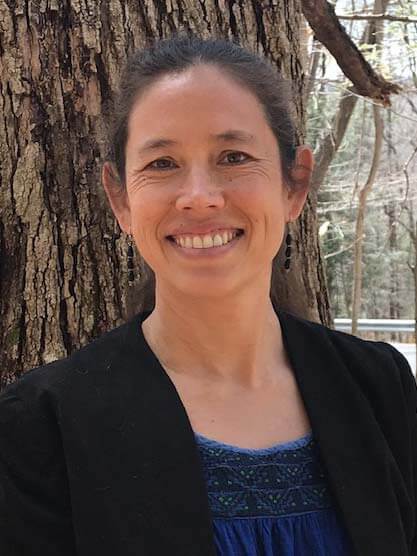Barbara Bodzin, Executive Director
Age is one of the first things we notice about other people. Ageism arises when age is used to categorize and divide people in ways that lead to harm, disadvantages, and injustice and erodes solidarity across generations.
Ageism refers to stereotypes (how we think), prejudice (how we feel), and discrimination (how we act), directed towards people on the basis of their age, and takes on different forms across the course of life. Its damaging effects can be seen in individuals’ health and dignity, as well as economies and societies. Ageism not only denies people their human rights, but also impacts their ability to reach their full potential.
Ageism affects people of all ages. It pervades many institutions and sectors of society, including those providing health and social care, the workplace, the media, and the legal system. It exists in our relationships and ourselves.
Ageism starts in childhood and is reinforced over time. From an early age, children pick up cues from those around them about their culture’s stereotypes and prejudices, which are soon internalized. People then use these stereotypes to make inferences and to guide their feelings and behavior towards people of different ages, and towards themselves. These inferences, even if misguided, are often so ingrained that they can be difficult to recognize within one’s self. Ageism in younger people impacts employment, health, and housing. Across the life course, ageism interacts with ableism, sexism, and racism, compounding and exacerbating disadvantages.
When a person is considered young or old partly depends on context, purpose, and culture.
According to the WHO, one in two people are ageist against older people, globally. Among older people, ageism reduces quality of life, and is associated with poorer physical and mental health, cognitive decline, increased social isolation and loneliness, greater financial insecurity, and premature death. For individuals, ageism contributes to poverty and financial insecurity in older age, and one recent estimate shows that ageism costs society billions of dollars every year through elevated health care costs that are directly related to discrimination aimed at older people, negative age stereotypes, and negative self-perceptions of aging.
Ageism influences health through three pathways: psychological, behavioral and physiological. Psychologically, negative age stereotypes can exacerbate stress; behaviorally, negative self-perceptions of aging predict worse health behavior, such as noncompliance with prescribed medications; physiologically, negative age stereotypes predict detrimental brain changes decades later, including the accumulation of plaques and tangles and reduction in the size of the hippocampus.
Language often conveys underlying meaning and can fuel misconceptions that lead to ageism. Words such as “elderly,” “old,” or “senior,” elicit stereotypes of older people as universally frail and dependent, and they are frequently used in a pejorative sense. Similarly, the word “juvenile” elicits a stereotype of younger people as immature.
The WHO report purposefully uses neutral language when referring to individuals and groups, including the terms “older person,” “younger person” or “older people,” and “older populations” and “younger people.” These neutral terms provide the same context, but do not hold the same stereotypical implications.
Age, although correlated with biological processes, is also socially shaped. When a person is considered young or old partly depends on context, purpose, and culture. At age 18 you may be viewed as too old to start learning piano to become a competitive pianist, but too young to coach a professional soccer team. Cultures vary in how they demarcate old age, middle age, and youth, and in the norms and expectations they have for each of these life stages, which can change over time.
Institution or Sector |
Stereotypes |
|
|---|---|---|
Health and social care |
||
Younger people are… |
Older people are… |
|
Positive |
|
|
Negative |
|
|
Work |
||
Younger people are… |
Older people are… |
|
Positive |
|
|
Negative |
|
|
Media |
||
Younger people are… |
Older people are… |
|
Positive |
|
|
Negative |
|
|
Three strategies to reduce ageism have been shown to work:
-
Policy and law addressing discrimination, inequality, and human rights.
-
Educational interventions to enhance empathy, dispel misconceptions about different age groups included from primary school to university, and in non-formal educational contexts.
-
Intergenerational contacts which aim to foster interaction between people of different generations are among the most effective interventions to reduce ageism against older people, and they also show promise for reducing ageism against younger people.
October 7 is Ageism Awareness Day and is centered around raising public awareness. It is time to say “no” to ageism, which will contribute to improving health, increasing opportunities, reducing costs, and enabling people to flourish at any age. If governments and organizations implement strategies that are effective, and if individuals and communities join the movement and challenge every instance of ageism, then together we will create a world for all ages.
Through projects such as our Age-Friendly Communities initiative and Healthy Living workshops, LifePath is committed to its mission of providing person-centered care and support to people of all ages. To join us in this important work and help enhance our intergenerational offerings, consider becoming a volunteer for one of our many programs.





